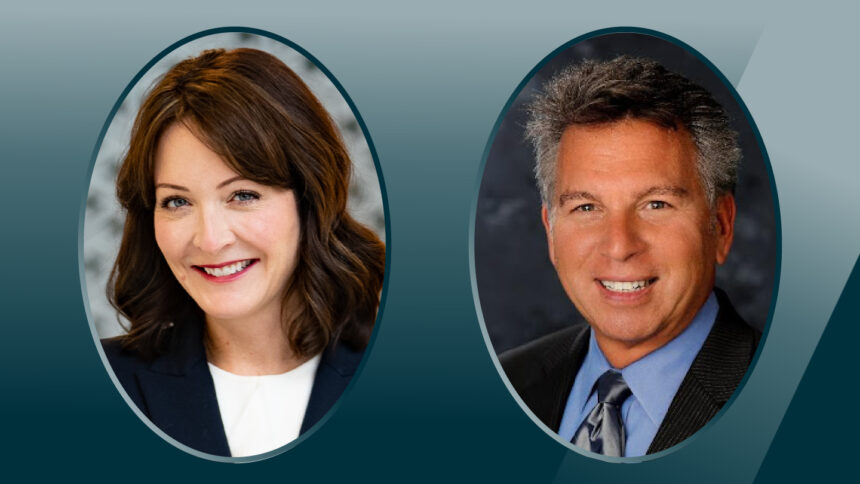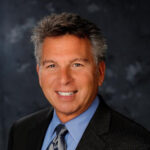
Today’s skilled nursing facilities face many challenges in the delivery of high-quality and safe care for vulnerable patient populations.
Significantly, the very limited resources available in organizations are the result of inadequate funding streams combined with growing needs. Workforce shortages existed prior to, but have been compounded by, the pandemic experience. Staff members typically serve multiple roles, including efforts dedicated to meet quality regulatory requirements.
As acuity of care increases, clinical needs grow, and regulatory demands change and escalate. The stage is too often set for an already busy and burdened staff to address quality and safety functions with a compliance focus, rather than just collecting and reporting data. It may seem like the best that can be done.
It’s not, and the golden opportunity of actually improving patient safety and quality and lowering overall costs is missed.
Is your team ready to improve quality and safety?
It’s one thing to comply with extensive regulatory requirements for data collection and reporting. And it’s quite another to take the data and to use it to improve what pains you in a skilled nursing facility.
The good news is the data used for regulatory and compliance purposes can be parlayed into data that can drive improved quality and safety for your patients and residents while also driving down costs, making your business more sustainable.
Once you have the data, the next step is data analysis — understanding the why behind it. It’s a necessary step (and skill) to be learned and activated. When the why or upstream cause is understood, it’s more likely that your team can focus on innovation and improvements.
Not only that, but rapid tests of change and improvement that the data informs can generate excitement and change toward positive outcomes. It can be the motivator your team needs to feel even better about the work they are doing with their team for your patients and residents.
So, what comes next?
Identify your quality champions and find ways to enhance their knowledge and skills in quality and safety. These are the people on your team who are consummate problem-solvers and who live to make things better. Support their spirit of improvement and back it up with an investment in skilling or upskilling. Energy met with knowledge, skills and tools to do the work produces outstanding outcomes.
Most employers are surprised to learn that for minimal investment, they can unleash the potential of their teams. The result is a more skilled and a more engaged workforce that feels valued by their employer. This improves retention — a challenge that everyone is facing.
Some leaders may think that this type of investment, though it’s small, is just not feasible. Our response to that is: is status quo feasible? Why not try to support and leverage the largest expenditure in your budget: your staff?
Others may say, “The workforce is too transient. As soon as I train them, they will leave.” Hopefully not, but perhaps. However, if the workforce is that transient, wouldn’t the goal be for the industry to commit to a more skilled workforce, so no matter the transient nature of the industry, there is an expectation of skills?
The time to address the toughest challenges is now. Waiting for a silver bullet to fix your situation or accepting a slow, painful decline and demise of your business is not the answer. Your business can thrive, your staff will thrive and the community needs you.
Stephanie Mercado, CAE, CPHQ, is CEO and executive director of the National Association for Healthcare Quality, the leader in industry-standard healthcare quality and safety competencies, training, and certification in healthcare quality for individuals working in healthcare quality.
Lenard Parisi, RN, MA, CPHQ, FNAHQ, is senior director of nursing, quality and magnet recognition at Mount Sinai Hospital in New York City. He is a Certified Professional in Healthcare Quality (CPHQ) and Fellow of the National Association for Healthcare Quality (FNAHQ) and has held administrative and clinical leadership positions in many of New York’s renowned academic medical centers and health systems including NewYork-Presbyterian, Memorial Sloan Kettering Cancer Center and Metropolitan Jewish Health System.
The opinions expressed in McKnight’s Long-Term Care News guest submissions are the author’s and are not necessarily those of McKnight’s Long-Term Care News or its editors.
Have a column idea? See our submission guidelines here.





